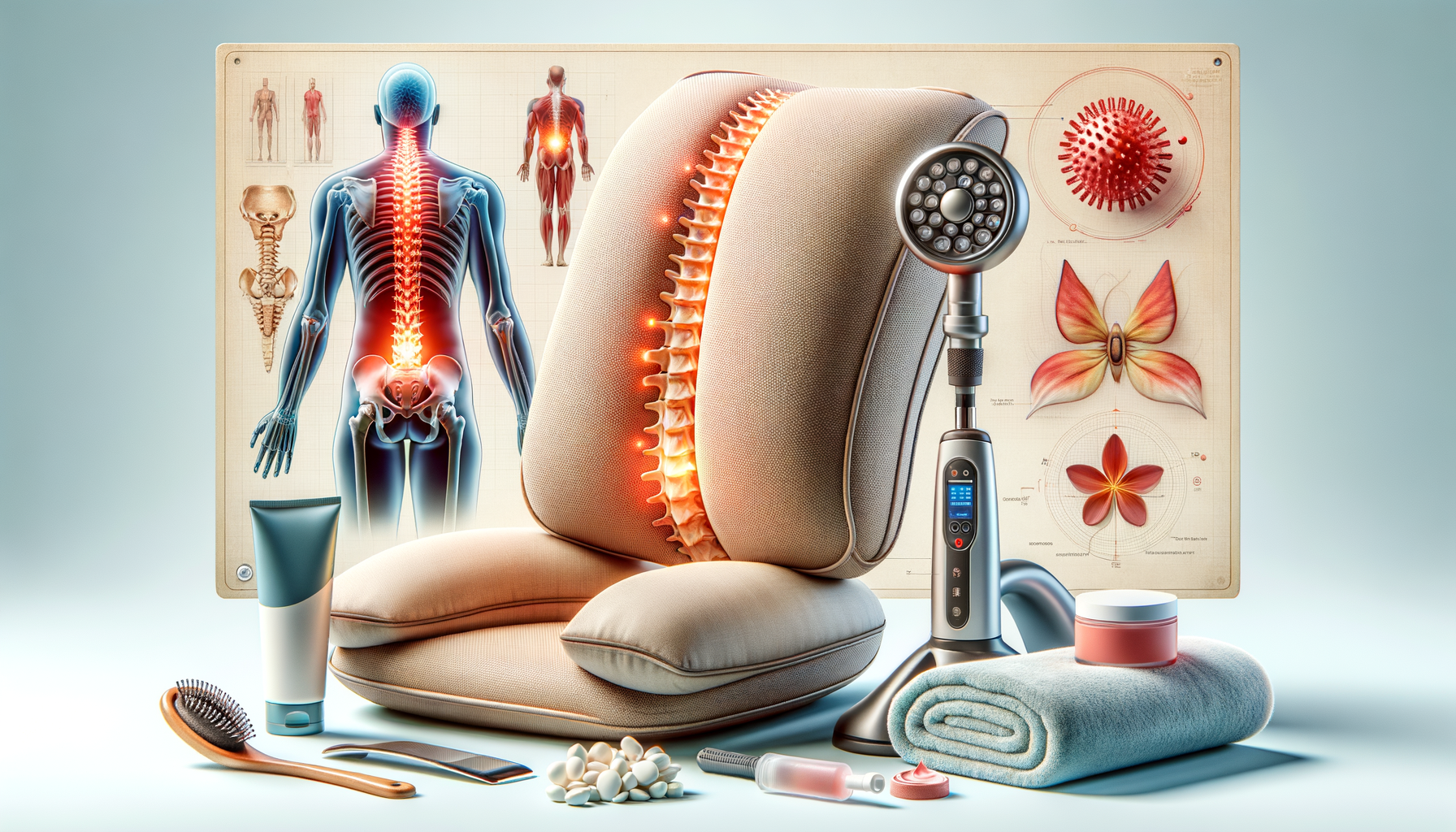Understanding the Causes of Back Pain
Back pain is a prevalent issue affecting millions worldwide. Understanding its causes is the first step toward effective treatment. Common causes include muscle or ligament strain, arthritis, osteoporosis, and herniated disks. Poor posture and sedentary lifestyles also contribute significantly to back discomfort.
The spine is a complex structure of bones, muscles, and ligaments. When any of these components are stressed or injured, pain can result. For instance, lifting heavy objects improperly can strain muscles, while conditions like arthritis can cause chronic pain due to inflammation.
Identifying the root cause of back pain is crucial. A comprehensive assessment by a healthcare provider often includes physical examinations and imaging tests, such as X-rays or MRIs. This diagnostic process helps tailor a treatment plan that addresses the specific source of pain.
Lifestyle Changes for Back Pain Relief
Adopting certain lifestyle changes can significantly alleviate back pain. Regular exercise, including activities like walking, swimming, or yoga, strengthens the back muscles and improves flexibility. Stronger muscles support the spine better, reducing strain and pain.
Maintaining a healthy weight is also vital. Excess body weight, especially around the abdomen, puts additional pressure on the back muscles and spine, exacerbating pain. A balanced diet rich in calcium and vitamin D supports bone health, which is crucial for preventing conditions like osteoporosis that can lead to back pain.
Posture plays a critical role in back health. Whether sitting at a desk or standing, maintaining a neutral spine position prevents undue stress on the back. Ergonomic furniture and regular breaks from prolonged sitting can further enhance posture and reduce pain.
Therapeutic Approaches to Back Pain
Various therapeutic approaches offer relief from back pain. Physical therapy is often recommended, focusing on exercises that strengthen the back and core muscles. Therapists may also employ techniques like massage or manual therapy to relieve tension and improve mobility.
Chiropractic care is another option, where practitioners use spinal manipulation to improve function and reduce pain. Acupuncture, an ancient Chinese practice, involves inserting thin needles at specific points to stimulate the body’s natural pain-relieving mechanisms.
Cognitive-behavioral therapy (CBT) is gaining recognition as a treatment for chronic back pain. CBT helps patients develop coping strategies and alter negative thought patterns that contribute to pain perception, offering a holistic approach to pain management.
Medications and Medical Interventions
For some, medications are necessary to manage back pain. Over-the-counter pain relievers, such as ibuprofen or acetaminophen, can be effective for mild to moderate pain. For more severe pain, doctors may prescribe muscle relaxants or stronger pain medications.
In cases where conservative treatments are ineffective, medical interventions may be required. Steroid injections can reduce inflammation and provide temporary relief. In rare cases, surgery might be considered, particularly for structural issues like herniated disks or spinal stenosis.
It’s essential to discuss the potential benefits and risks of medications and interventions with a healthcare provider. This ensures that the chosen treatment aligns with the patient’s specific condition and health profile.
Prevention and Long-term Management of Back Pain
Prevention is a key aspect of managing back pain. Regular exercise, weight management, and good posture are fundamental strategies. Additionally, learning proper techniques for lifting and bending can prevent injuries.
For those with chronic back pain, long-term management involves a combination of lifestyle changes, therapeutic interventions, and possibly medications. Developing a comprehensive plan with a healthcare provider ensures that all aspects of the individual’s health are considered.
Support groups and education programs can also be beneficial, providing individuals with resources and community support. Staying informed about back health and treatment options empowers individuals to take an active role in managing their condition.




Leave a Reply